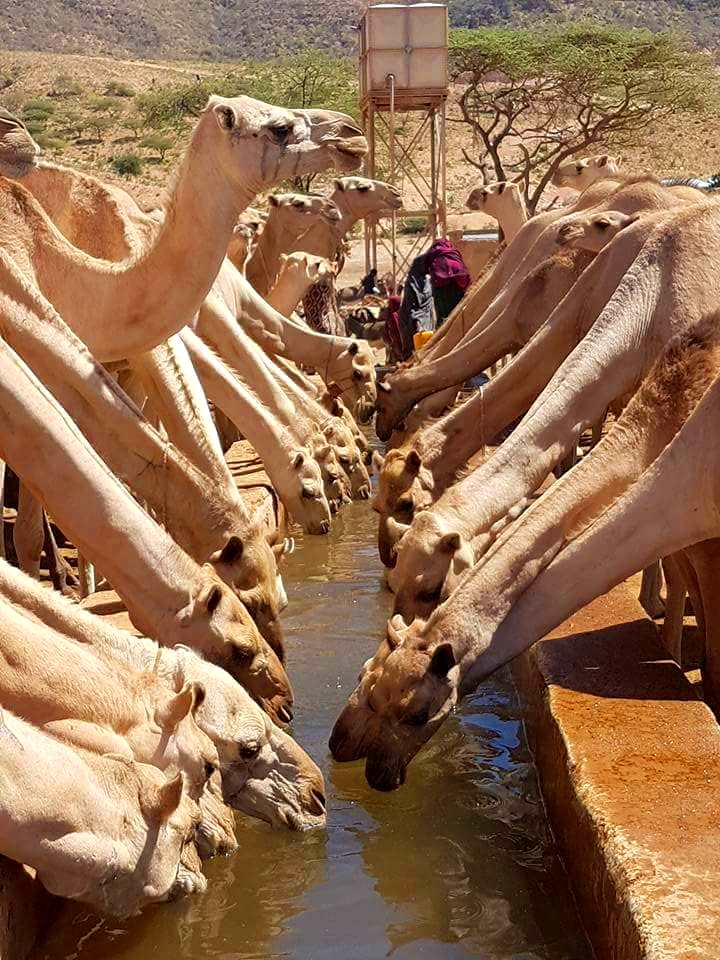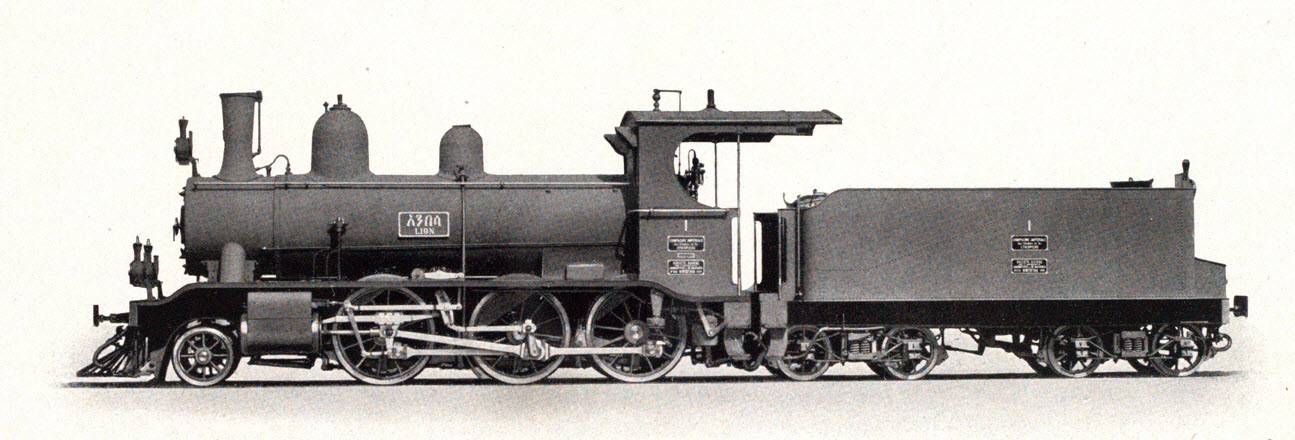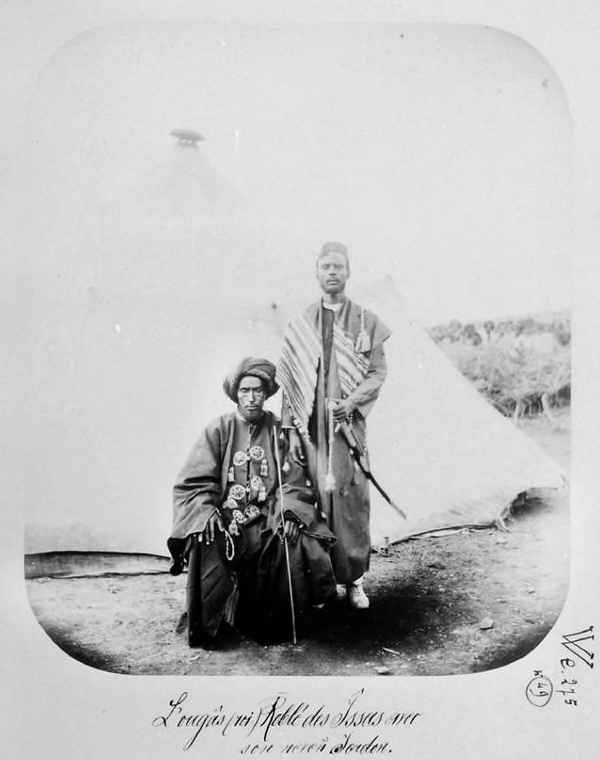|
Dewele
Dewele (French ''Douanlé'' or ''Daouenlé'') is a town in Ethiopia, near to the Ethiopia and Djibouti border. Located in the Shinile Zone in the Somali Region the town has a longitude and latitude of with an elevation of 898 meters above sea level. Nearby towns and villages include Dikhil (66 km), Ali Sabieh (17 km), Guelile (7 km) and Assamo (9 km) in Djibouti, and Ferate (11 km) and Lasarat in Ethiopia. Dewele is served by a station on the Addis Ababa - Djibouti Railway as well as on the Ethio-Djibouti Railways. It serves as an official crossing point between Djibouti and Ethiopia, with a customs post. In the mid-1960s, gypsum was excavated near the town, then transported to a factory in Dire Dawa to be used in the manufacture cement and plaster of Paris."Local History in Ethiopia" [...More Info...] [...Related Items...] OR: [Wikipedia] [Google] [Baidu] |
Railway Stations In Ethiopia
Current railway stations in Ethiopia are served by standard gauge railways of the National Railway Network of Ethiopia which is mostly under construction, except the Addis Ababa–Djibouti Railway. Other stations were built for the in 2018 still operating metre gauge Ethio-Djibouti Railways, although this railway has officially been superseded by the new ''Addis Ababa-Djibouti Railway''. The following list contains dedicated railway stations with at least a single platform for passengers to enter or to leave trains. Train stops on open stretches without platform can outnumber train stops in railway stations by a 2:1 margin, but the former are not included in the lists. The railways usually also have a number of freight yards and dry ports for freight handling, but these are not counted as well. Standard gauge railways Description of railway stations Railway stations mostly have a single platform for passengers to enter or to leave trains. These platforms allow access witho ... [...More Info...] [...Related Items...] OR: [Wikipedia] [Google] [Baidu] |
Shinile Zone
Sitti Zone ( so, Gobolka Sitti), formerly known as Shinile, is a zone in Somali Region of Ethiopia. Located at the northwestern point of the Somali Region and stretching across the savanna north of the Ahmar Mountains, Sitti is bordered on the south by Dire Dawa and the Oromia Region, on the west by the Afar Region, on the north by Djibouti, on the east by Somaliland, and on the southeast by Fafan Zone. Other towns and cities in this zone include Aysha, Shinile, Dewele, Harewa, Adigale, Erer, Bike and Āfdem. Part of the northwestern corner is occupied by the Yangudi Rassa National Park, which is a notable local landmark. Climate The Sitti Zone has colder winters than the highlands, while the lowlands has mild winters. The region elevation is the major factor in temperature levels, with the higher areas, on average, as 17 °C (62 °F) cooler, day or night. Hot summer days are tempered by the low relative humidity and cooler evenings during summer months since, f ... [...More Info...] [...Related Items...] OR: [Wikipedia] [Google] [Baidu] |
Ali Sabieh
Ali Sabieh ( so, Cali Sabiix, ar, علي صبيح) is the second largest city in Djibouti. It is situated about Southwest of Djibouti City and north of the border with Ethiopia. It sprawls on a wide basin surrounded by granitic mountains on all sides. The famous landmark of Ali Sabieh is located near the city. History The Ali Sabieh settlement is several centuries old. During the Middle Ages, it was ruled by the Ifat and Adal sultanates. According to an old legend, the present-day territory of Ali Sabieh was covered by some trees and wadis. Where the nomadics use to stopping here for water on the way to the town of Zeila and after the signing treaties in 1894 with the then ruling Issa Somali Sultans, to established a protectorate in the region referred to as French Somaliland. Ali Sabieh became an administrative and commercial centre in the 1900s after the construction of the Ethio-Djibouti Railways, the first railway in French Somaliland. In 1904, a report notes that "when t ... [...More Info...] [...Related Items...] OR: [Wikipedia] [Google] [Baidu] |
Ethio-Djibouti Railways
The Ethio-Djibouti Railway (french: Chemin de Fer Djibouto-Éthiopien, C.D.E.; ) is a metre gauge railway in the Horn of Africa that once connected Addis Ababa to the port city of Djibouti. The operating company was also known as the Ethio-Djibouti Railways. The railway was built in 1894–1917 to connect the Ethiopian capital city to French Somaliland. During early operations, it provided landlocked Ethiopia with its only access to the sea. After World War II, the railway progressively fell into a state of disrepair due to competition from road transport. The railway has been mostly superseded by the Addis Ababa–Djibouti Railway, an electrified standard gauge railway that was completed in 2017. The metre gauge railway has been abandoned in central Ethiopia and Djibouti. However, a rehabilitated section is still in operation near the Ethiopia-Djibouti border. As of February 2018, a combined passenger and freight service runs two times a week between the Ethiopian city of ... [...More Info...] [...Related Items...] OR: [Wikipedia] [Google] [Baidu] |
Dikhil
Dikhil ( ar, دخيل) is a town in the western Dikhil Region of Djibouti. Lying east of Lake Abbe, It is situated about southwest of Djibouti City and north of the border with Ethiopia. It serves as the administrative centre of the Dikhil Region, and is home to the Afar and Somali ethnic groups. The town develops gardens and fruit trees. History Prehistory In 1986, the survey work sites were performed by R. Joussaume and researchers ISERST. The engravings oldest discovered to date are from the fourth or third millennium BC, the most famous is the site of Handoga near Dikhil where the ruins of a village squares sub circular dry stone delivered different objects. Including ceramic shards matching vases used brazier, or containers that can hold water, several choppers and microliths, blades, drills, trenchers basalt, rhyolite or obsidian. Also a pearl orange coralline, three glass paste, etc.. There were no trace of metal object. French Somaliland The village was originally bu ... [...More Info...] [...Related Items...] OR: [Wikipedia] [Google] [Baidu] |
Hot Desert Climate
The desert climate or arid climate (in the Köppen climate classification ''BWh'' and ''BWk''), is a dry climate sub-type in which there is a severe excess of evaporation over precipitation. The typically bald, rocky, or sandy surfaces in desert climates are dry and hold little moisture, quickly evaporating the already little rainfall they receive. Covering 14.2% of earth's land area, hot deserts are the second most common type of climate on earth after the polar climate. There are two variations of a desert climate according to the Köppen climate classification: a hot desert climate (''BWh''), and a cold desert climate (''BWk''). To delineate "hot desert climates" from "cold desert climates", there are three widely used isotherms: most commonly a mean annual temperature of , or sometimes the coldest month's mean temperature of , so that a location with a ''BW'' type climate with the appropriate temperature above whichever isotherm is being used is classified as "hot arid sub ... [...More Info...] [...Related Items...] OR: [Wikipedia] [Google] [Baidu] |
Djibouti Civil War
The Djiboutian Civil War (also known as the First Afar insurgency) was a conflict in Djibouti, lasting from 1991 to 1994 and resulting in thousands of fatalities. This uneven power sharing between the Issas and Afars led to the Civil War that ravaged the country for three years. Background On 11 March 1862, the French Government made an agreement with the Afar Sultan Raieta Dini Ahmet. Ahmet sold his territory of Obock for 10,000 thalaris, around F55,000. This was the start of the French colonisation era in the region, the treaty was used by a captain of the Fleuriot de Langle, to colonise the south part of the Tadjoura Gulf. Since at least French rule, first as French Somaliland and then as French Territory of the Afars and the Issas, there have been ethnic tensions in Djibouti between the Issas, and the Afars. Following independence in 1977, the Issas-dominated People's Rally for Progress party had ruled Djibouti, and since 1981, had ruled it as a one-party state with the ... [...More Info...] [...Related Items...] OR: [Wikipedia] [Google] [Baidu] |
Dire Dawa
Dire Dawa ( am, ድሬዳዋ, om, Dirree Dhawaa, 3=Place of Remedy; so, Diridhaba, meaning "where Dir hit his spear into the ground" or "The true Dir", ar, ديري داوا,) is a city in eastern Ethiopia near the Oromia and Somali Region border and one of two chartered cities in Ethiopia (the other being Addis Ababa, the capital). Dire Dawa alongside present-day Sitti Zone were apart of the Dire Dawa autonomous region stipulated in the 1987 Ethiopian Constitution until 1993 when it was split by the federal government into a separately administered chartered city. This was due to the ongoing clashes between the OLF and IGLF and prevented any further escalation. It is divided administratively into two woredas, the city proper and the non-urban woreda of Gurgura. Dire Dawa lies in the eastern part of the nation, on the Dechatu River, at the foot of a ring of cliffs. The western outskirts of the city lie on the Gorro River, a tributary of the Dechatu River. It is ... [...More Info...] [...Related Items...] OR: [Wikipedia] [Google] [Baidu] |
Somali People
The Somalis ( so, Soomaalida 𐒈𐒝𐒑𐒛𐒐𐒘𐒆𐒖, ar, صوماليون) are an ethnic group native to the Horn of Africa who share a common ancestry, culture and history. The Lowland East Cushitic Somali language is the shared mother tongue of ethnic Somalis, which is part of the Cushitic branch of the Afroasiatic language family, and are predominantly Sunni Muslim.Mohamed Diriye Abdullahi, ''Culture and Customs of Somalia'', (Greenwood Press: 2001), p.1 They form one of the largest ethnic groups on the African continent, and cover one of the most expansive landmasses by a single ethnic group in Africa. According to most scholars, the ancient Land of Punt and its native inhabitants formed part of the ethnogenesis of the Somali people. An ancient historical kingdom where a great portion of their cultural traditions and ancestry has been said to derive from.Egypt: 3000 Years of Civilization Brought to Life By Christine El MahdyAncient perspectives on Egypt By Ro ... [...More Info...] [...Related Items...] OR: [Wikipedia] [Google] [Baidu] |
Shifta
Shifta is a term used in East Africa meaning ''rebel'', ''outlaw'', or ''bandit''. The Swahili word was loaned from the Somali shufta during the Shifta War, which is in turn derived from Amharic ሽፍታ (šəfta). Historically, the shifta served as a local militia in particularly remote, rural and often lawless parts of the Horn of Africa. The word shifta can be translated as "bandit" or "outlaw", but can include anyone who rebels against an authority or an institution that is seen as illegitimate, like the Arbegnoch guerillas during the Italian occupation of Ethiopia. Concept The term shifta has positive and negative connotations, that of a common bandit and that of a revolutionary; both concepts being distinct, but not necessarily mutually exclusive. They are often considered as highly respected, politically minded outlaws struggling for social order or a political cause. When applied in this context, ''shiftinnet'' (being a shifta) in its diverse forms has a social function ... [...More Info...] [...Related Items...] OR: [Wikipedia] [Google] [Baidu] |
Jaldessa
Jaldessa ("Jal-de-ssa" which in Oromo literally translates to "Monkeys due to the monkeys surrounding the area") is a village in eastern Ethiopia, located in the Shinile Zone of the Somali Region of Ethiopia. The Central Statistical Agency has not published an estimate for the population of this village. It is located in Shinile woreda. History Early Modern Jaldessa is the area of the Nole Oromo near the border with the Issa somali and with Egyptian support the seat of the Issa was moved to Jaldessa. In 1875 Egyptian troops set up a fort to secure supply from the coast, and a contingent of Sudanese soldiers was stationed with an Egyptian officer. When the Egyptians entered Jaldessa they had recorded that the Nole oromo controlled the Harar-Berbera trade route. , they also went on to record that the Nole had subjugated the Issa around the city multiple times and that the Issa were scared of the Nole. People built huts around the station, which was fortified with stones and h ... [...More Info...] [...Related Items...] OR: [Wikipedia] [Google] [Baidu] |






.jpg)
